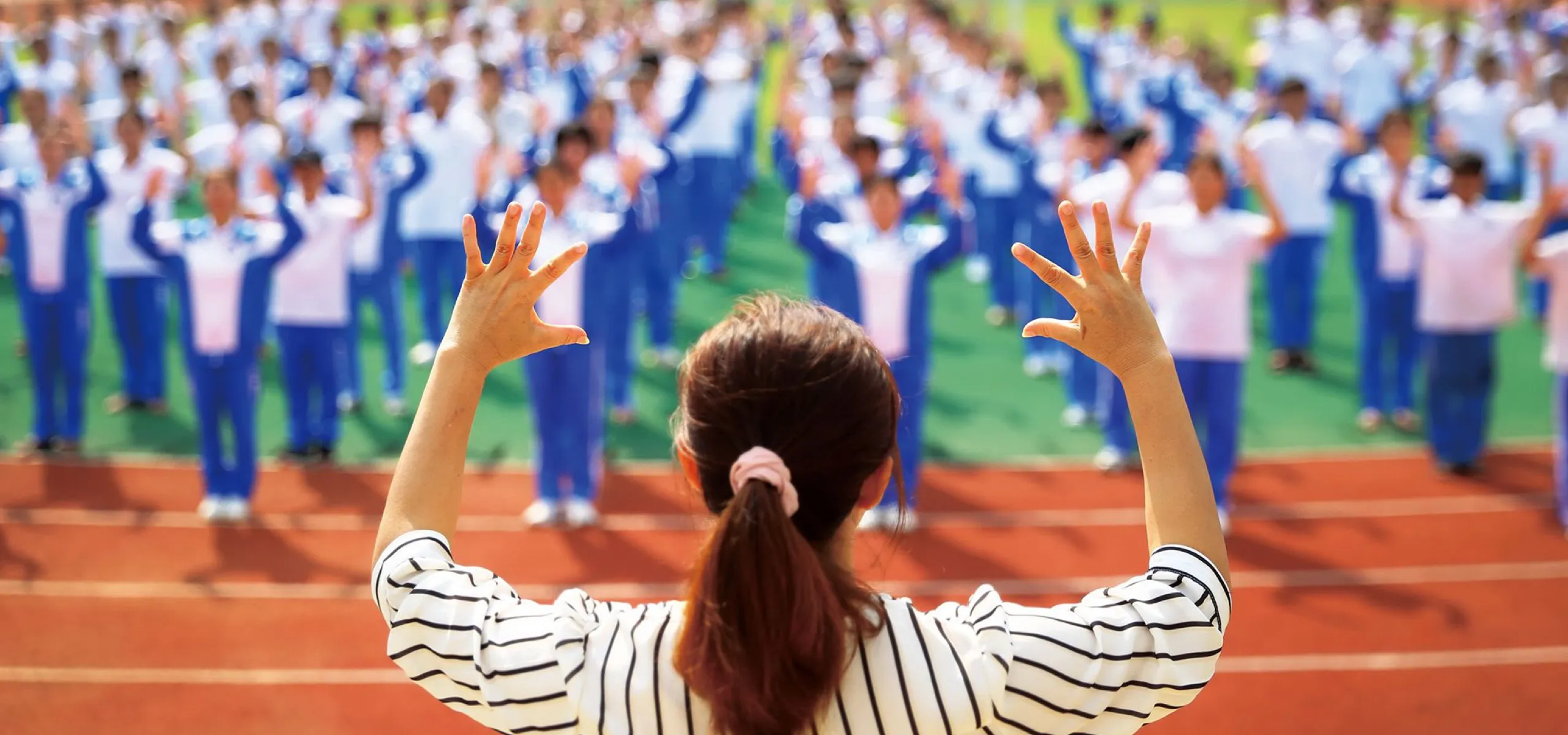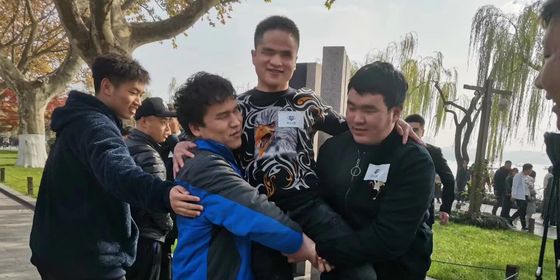China has 20 million sign language users, but regional varieties and misguided policies mean they still struggle to communicate
In a crowded classroom, artist Bai Fengxiang is lecturing more than 100 university students. His hands flit across the projector screen, making various shapes and gestures to convey the notion of a large canvas: 3 meters high, 8 meters wide.
“That action was very difficult to paint. A hearing person gave up halfway. I picked up and kept painting until it was done. The hearing person was speechless,” Bai signs with a proud grin and a thumbs-up. So were his students, at least outwardly—Bai, as well as his listeners, are all hearing-impaired.
This passionate lecture, captured by the documentary Era of Sign Language (2010), is one of many that have brought the lives and communication styles of China’s hearing impaired to the big screen in recent years, courtesy of director Su Qing. Su, who is hearing, acquired sign language in childhood from his older brother, who lost his hearing due to antibiotics used to treat a fever in early childhood, as well as from the deaf community in their hometown of Baotou, Inner Mongolia.
Driven by a desire to tell the stories of deaf people in China who remain mostly unseen and unheard, Su set out to visit the hearing-impaired around the country and film moments from their lives in 2001. This later culminated in several internationally screened documentaries, including also White Tower (2004) and Caro Mio Ben (2018).
But soon after he set out on his journey, Su started to have problems in communication. “Previously, when I communicated with my brother and his friends, I could understand almost everything, so I was surprised to find that in Shanghai, for example, I couldn’t understand a lot of what [my interviewees] signed,” Su told TWOC over the phone. He sometimes had to resort to writing for communication before resuming shooting.
In the same way the spoken language known as “Chinese” has 129 recognized dialects, many of them not mutually intelligible, Chinese Sign Language (CSL) is also just an umbrella term covering the different regional varieties of sign language used by over 20 million hearing-impaired people in China, consisting of hand gestures, facial expressions, finger spellings, and body postures to convey meaning.
Create a free account to keep reading up to 10 free articles each month
Signs of the Times: Why Chinese Sign Language Users Struggle to Understand Each Other is a story from our issue, “Access Wanted.” To read the entire issue, become a subscriber and receive the full magazine.












